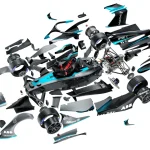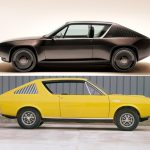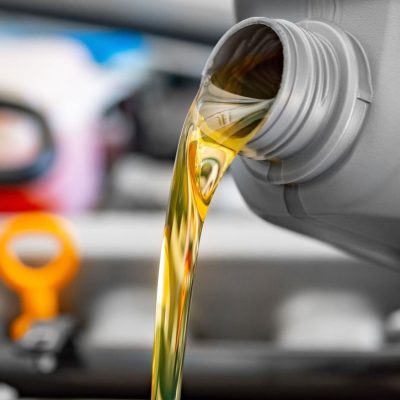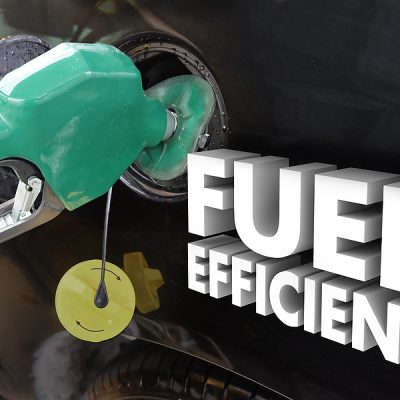Winter isn’t a suggestion—it’s a challenge. And when it rolls in with icy fingers and snow-packed streets, your vehicle’s fancy horsepower, AWD systems, and traction control mean very little if the rubber touching the road can’t grip. That’s why choosing the right winter tires is less of an upgrade—and more of a lifeline.
Let’s get one thing straight: winter tires aren’t just for snow. They’re engineered for cold. When the temperature dips below 7°C (45°F), all-season and summer tires start to stiffen like frozen leather gloves. Traction falls. Stopping distances stretch. Control fades. You’re not just driving anymore—you’re gambling.
Here’s your ultimate, gearhead-approved guide to picking the right winter tires and owning the road, no matter what nature throws your way.
❄️ Why Winter Tires Actually Matter
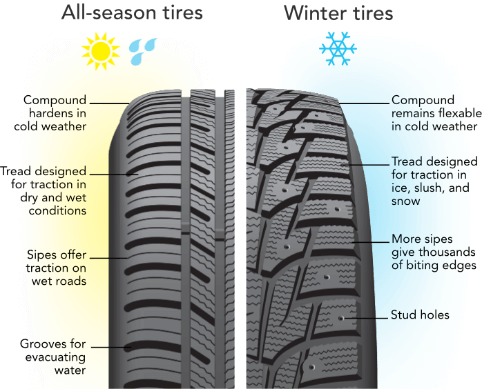
If engine oil is the blood of your vehicle, tires are its shoes—and you wouldn’t wear flip-flops to a snowstorm.
Winter tires are built differently:
- Rubber compound stays flexible in freezing temps.
- Tread pattern is deep, aggressive, with fine sipes (tiny cuts) that grip ice and bite into snow.
- Shoulders and channels move slush and water away quickly, reducing hydroplaning.
Translation? Your car stops shorter, turns sharper, and stays planted when things get slippery.
🧊 1. Know Your Climate and Roads
Before shopping, think about where and how you drive:
- Live in a snowy region? You need a tire optimized for snow-packed roads.
- Urban commuter in a temperate climate? A milder winter tire or all-weather with proper certification might do.
- See more ice than snow? Look for tires with excellent ice traction or studded options.
Your conditions dictate your compound. Winter tires aren’t one-size-fits-all—they’re purpose-built machines.
🔍 2. What Those Symbols on the Sidewall Actually Mean
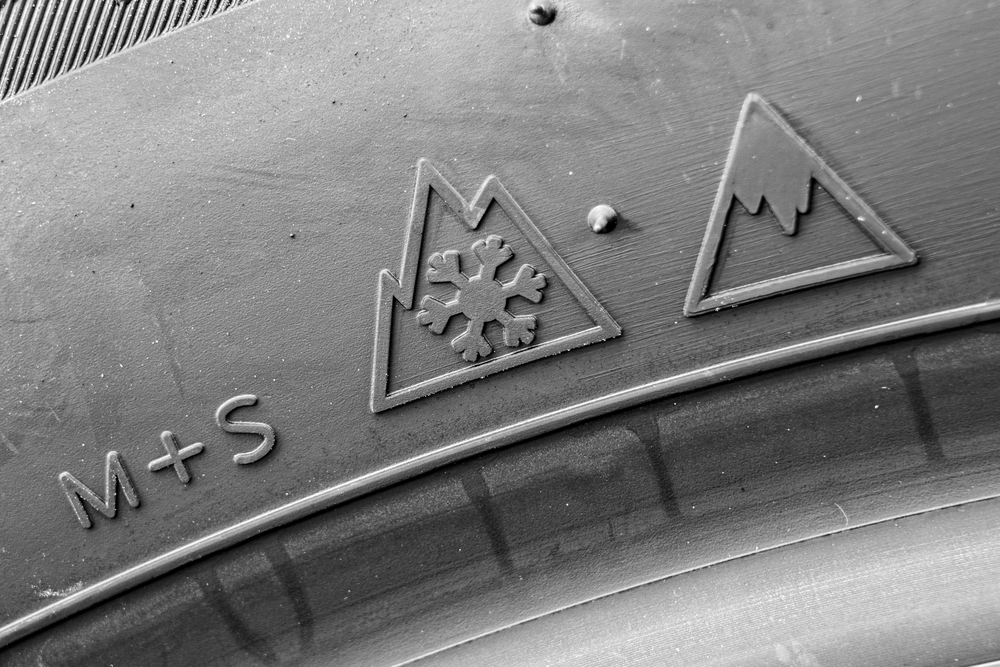
Standing in the tire aisle, staring at a wall of black circles and cryptic codes, it’s easy to feel lost. Here’s your decoder:
🏔 3PMSF (Three-Peak Mountain Snowflake)
This symbol means the tire meets strict snow performance standards. It’s the real deal—a certified winter warrior.
M+S (Mud and Snow)
This one’s trickier. It’s more marketing than mastery. While it indicates some traction benefits, it doesn’t guarantee solid performance in deep snow or on ice.
If winter is serious where you live, always go with tires that have the 3PMSF symbol.
📏 3. Size and Fitment: Get It Right
The wrong size tire isn’t just a bad fit—it can throw off your handling, speedometer, and fuel economy.
- Stick to the manufacturer’s recommended tire size (found in your owner’s manual or driver-side door jamb).
- In winter, downsizing one inch in rim size is common—narrower tires cut through snow better and give a cushier ride over winter’s rough surfaces.
- AWD or 4WD? Always fit all four wheels with the same winter tires. Mixing traction levels front-to-back is a recipe for snap-oversteer and unplanned pirouettes.
🔩 4. Studded vs. Non-Studded vs. All-Weather
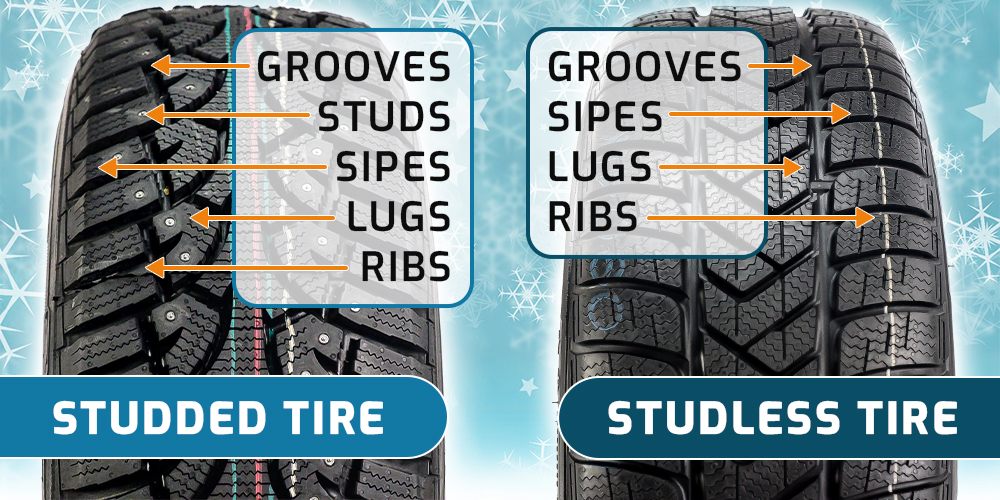
Studded Tires
Tiny metal studs embedded in the tread bite into hard ice like claws. They offer unmatched grip on frozen roads but can be noisy, damage pavement, and may be restricted or banned in some areas.
Non-Studded (Friction) Tires
These are the mainstream heroes of winter rubber. Designed with advanced rubber and intricate siping, they’re whisper-quiet and road-legal everywhere. Ideal for snow, slush, and mixed winter conditions.
All-Weather Tires
Different from all-season. These carry the 3PMSF symbol and bridge the gap between summer and winter tires. Perfect for urban drivers who deal with unpredictable cold snaps but not constant snow.
Which is best?
- Icy mountain roads? Studded.
- Daily commuter in snowy suburbs? Friction winter tires.
- Mild winters with sporadic storms? All-weather.
🧪 5. Rubber Compound and Tread Matter More Than You Think
It’s not just the look of the tire—it’s what it’s made of.
- Soft compound: Keeps traction in freezing temps.
- Aggressive tread pattern: More voids = better snow evacuation.
- Sipes: These tiny slits across the tread surface grip ice and increase contact edges.
Be wary though: winter tires wear faster on dry, warm pavement. That soft rubber that hugs cold asphalt like a glove? It melts fast when the sun comes back.
🌡️ 6. Timing Your Swap: Early Is Better
The golden rule: when it’s consistently under 7°C, it’s time to swap.
Don’t wait for the first snowfall—you want grip when the roads go cold and greasy. That black ice on a brisk October morning? It doesn’t care that your summer tires “still have tread.”
When spring rolls around and temps rise, swap back. Driving winter tires in warm weather wears them out faster and reduces braking efficiency.
🧰 7. Pressure, Rotation & Lifespan
- Check tire pressure weekly in winter. Cold air contracts, and low pressure = poor grip + more wear.
- Rotate your tires every 8,000–10,000 km to ensure even wear.
- Tread depth matters: For winter, anything below 4 mm compromises performance.
Store your off-season set properly—clean, dry, away from direct sunlight. If you care for your tires, they’ll return the favor.
💸 8. How Much Should You Spend?

Winter tires range from budget-friendly basics to premium snow-slaying monsters.
Entry-Level
Great for city driving and mild winters. Shorter lifespan and less grip in extreme conditions, but better than all-seasons by a mile.
Mid-Range
Balance of cost, quality, and reliability. Ideal for most drivers dealing with real winter conditions.
Premium
Best for harsh climates, frequent snow, rural roads, or performance vehicles. Advanced compounds, quieter ride, longer life.
Remember: tires are your only point of contact with the road. Saving a few bucks up front isn’t worth the risk when grip means everything.
🛞 Popular Winter Tires Worth Knowing
While the right tire depends on your vehicle, road, and wallet, here’s a general overview:
- Nokian Hakkapeliitta R5 – Top-tier grip for extreme snow and ice. Quiet and fuel-efficient too.
- Bridgestone Blizzak LM005 – Premium all-around winter tire with great wet and snow performance.
- Dunlop Winter Response 2 – Great bang-for-buck tire for compact cars in moderate winters.
- BFGoodrich G-Force Winter 2 – A sportier winter tire for drivers who love a little edge.
- Tigar Winter ST / Premiorri ViaMaggiore – Budget-friendly options for light winter use.
Check availability, reviews, and size compatibility. And remember—four matching tires are better than mixing brands or types.
✅ Final Checklist Before You Buy
- ✔ Match the size, load, and speed rating to your vehicle
- ✔ Look for the 3PMSF symbol, not just M+S
- ✔ Choose based on your climate and driving habits
- ✔ Install on all four wheels
- ✔ Check local laws if using studded tires
- ✔ Monitor tire pressure and rotate regularly
🏁 Final Thoughts: When Rubber Meets Reality
Winter driving doesn’t have to be scary. It doesn’t have to mean slipping through intersections or white-knuckling the steering wheel every morning.
When you pick the right winter tires, you’re not just buying grip—you’re buying confidence. You’re choosing predictability over panic, control over chaos.
Because when the storm hits, the snow piles up, and the roads glaze over, the only thing keeping you in command isn’t your horsepower or heated seats.
It’s four perfectly chosen patches of rubber.

